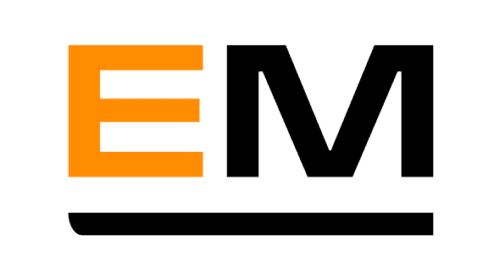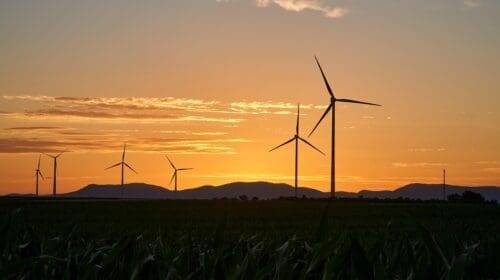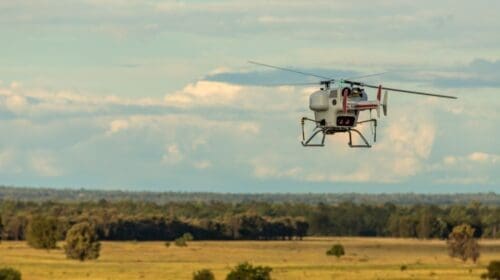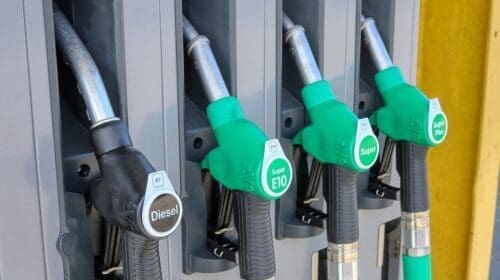Due to the mounting interconnection issues plaguing the transmission grid, the Department of Energy (DOE) published a draft roadmap that targets potential solutions for short-term problems and those lingering in the future. While clean energy sources will be discussed, the current construction load of solar, wind, and battery awaiting production is expected to be expedited.
Through its Interconnection Innovation e-Xchange (i2X), the DOE gathered clean energy moguls to collaborate and discuss solutions for a clean energy future. The organization shored up discussions by announcing a $1.3 billion allocation of funds for three transmission lines spanning six states, adding 3.5 GW of additional grid capacity.
“At the end of 2022, there were more than 2,000 GW of solar, wind, and storage capacity sitting in transmission interconnection queues. Rapidly deploying the clean energy needed to meet our climate goals will require an overhaul of current rules, costs, and procedures for connecting to the grid,” said Jeff Marootian, principal deputy assistant secretary for energy efficiency and renewable energy. “DOE’s i2X initiative has engaged a broad coalition of partners to develop and implement practical, realistic solutions to these challenges over the next five years and beyond.”
The DOE’s draft roadmap stands as a request for information (RFI) regarding interconnection obstacles of the transmission grid and addresses solutions for the transmission and bulk power systems. Stakeholders are urged to share challenges, solutions, and key action points to ensure the final version provides strategies for implementation to wage improvement in the interconnection process.
To levy the most significant impact possible, the DOE is seeking input from various subject matter experts. The utilities sector, along with grid operators and reliability organizations, can all offer insight on how to improve the current process. Federal, state, and tribal governments are all being called upon to work with other collaborators to identify methods to enhance grid resilience. This includes clean energy developers, energy justice groups, nonprofits, and trade organizations.
To provide the most robust course of action possible, the DOE offers specific guidelines for its RFI. Respondents must identify the entity they represent and their involvement and interest in interconnection to distribution and transmission systems. Additionally, the DOE wants to ensure the current roadmap is complete in scope. The organization requests that participants identify concepts or goals that might be missing or lacking in detail.
The DOE is utilizing the RFI process as a method of ensuring all urgent needs with potential solutions. In addition to asking stakeholders for recommendations, the organization seeks to ensure ESG goals are included throughout the process. With those recommendations requested, potential barriers and challenges must also be addressed to ensure success, and their impact must be rated so proper mitigation can be implemented.
With clean energy goals near in the future, the DOE’s RFI requests a visioning exercise for the year 2035. Stakeholders are asked to suggest necessary factors of interconnection services in the future. With all aspects of current and future processes named to enact successful interconnection methods, the roadmap seeks to address whether its ideas and solutions meet the needs associated with interconnecting the grid.
Using the recently issued roadmap as a fact-finding tool, the DOE has instated a November 22, 2023, deadline for the RFI. After collecting and analyzing the data, the organization is expected to release a second draft. At that point, an accurate assessment can pinpoint where the industry stands on interconnecting the grid to enhance its performance and fortitude for the years to come.
Nick Vaccaro is a freelance writer and photographer. In addition to providing technical writing services, he is an HSE consultant in the oil and gas industry with twelve years of experience. Vaccaro also contributes to SHALE Oil and Gas Business Magazine, American Oil and Gas Investor, Oil and Gas Investor, Energies Magazine and Louisiana Sportsman Magazine. He has a BA in photojournalism from Loyola University and resides in the New Orleans area. Vaccaro can be reached at 985-966-0957 or nav@vaccarogroupllc.com.
Oil and gas operations are commonly found in remote locations far from company headquarters. Now, it's possible to monitor pump operations, collate and analyze seismic data, and track employees around the world from almost anywhere. Whether employees are in the office or in the field, the internet and related applications enable a greater multidirectional flow of information – and control – than ever before.










